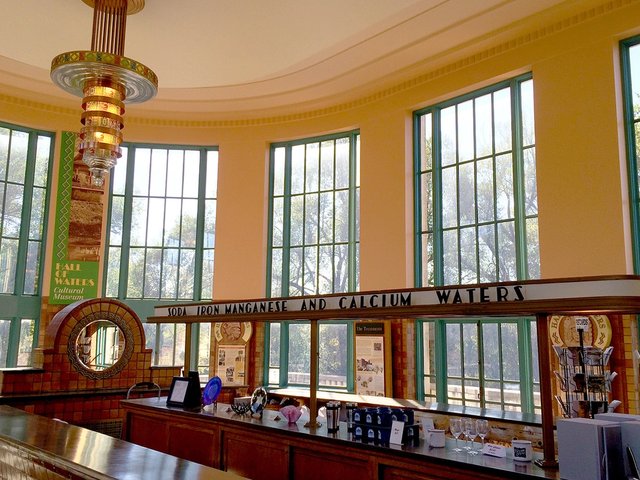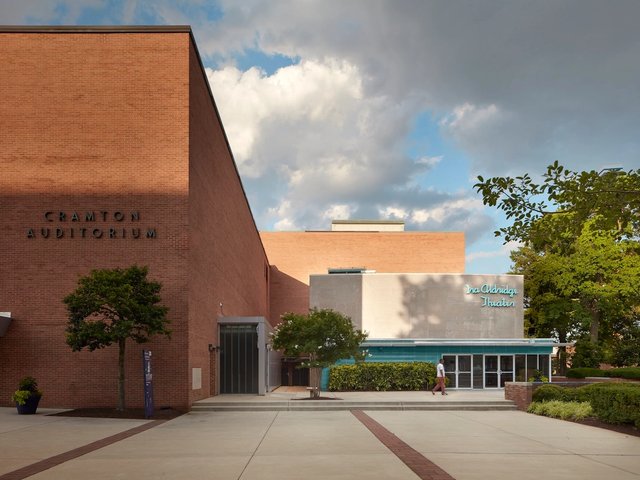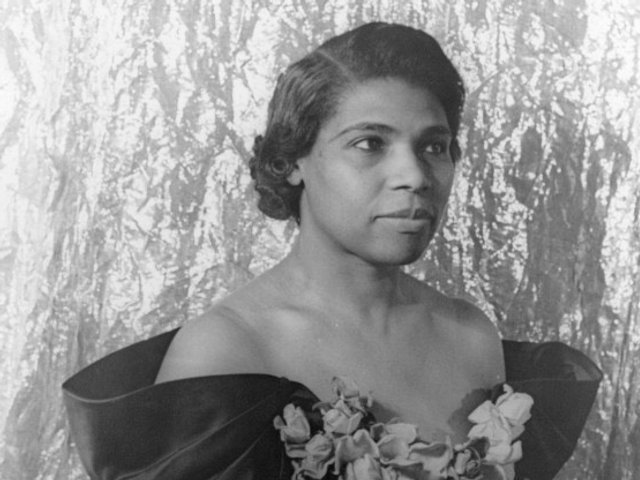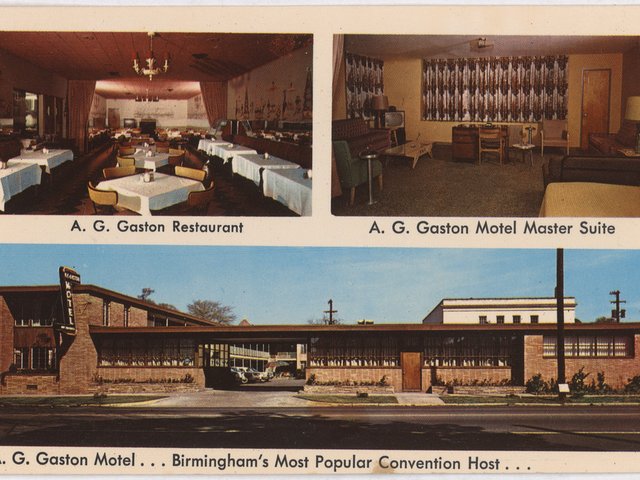The role of the church in Black communities in the US has been one of spirituality, solidarity and catalysing social change. Preserving these sites is about more than protecting historic architecture; it is ensuring that their stories can be told and that the people using these spaces now, as well as future generations, have sanctuary.
For its third annual Preserving Black Churches grant programme, the National Trust for Historic Preservation’s African American Cultural Heritage Action Fund has awarded $8.5m in grants to 30 historically Black churches to provide congregations with resources for their sustainability and survival.
“The Black church is one of the oldest institutions created by African Americans, and it is a living testament to the achievements, resiliency and enduring contributions of Black people to American history and culture,” says Brent Leggs, the executive director of the Action Fund and senior vice president of the National Trust. “Historically Black churches are facing numerous preservation threats, including demolition, deferred maintenance and structural issues, but also the limitations of sharing their histories and legacies with the public.”
The grants, which range from $50,000 to $500,000, address an assortment of needs, from repairing structural damage and upgrading accessibility to enhancing interpretation programmes. The Action Fund was launched in 2017 and is the country’s largest resource for preserving places of Black history. “Our nation is rich in diverse history, but it has often been poor in its funding, protection and preservation of that history,” Leggs says. “This affirms why it’s critically important that we have an action fund and a programme like this, to ensure the conservation and celebration of this history.”
Among this year’s grants are projects looking at long-term stewardship. The AME Zion Church in Charlotte, North Carolina, received funding to support AME Zion Church Inc. in the creation of a denomination-wide preservation endowment for hundreds of African Methodist Episcopal Zion churches across the country. “It will be helping churches for ages to come, so this is critical,” says Eleazar Merriweather, the executive director of church growth and development for AME Zion. “Plus, it’s something I try to promote on a local level, for churches to establish an endowment. It helps teach churches to plan for the future, and I’ll be using this to promote savings, budgeting and financing to help them think long term, not just for the moment.”
AME Zion—a Christian denomination established in 1796—is sometimes called the “freedom church” for its role in the abolition of slavery in the US. Among its members was the abolitionist Harriet Tubman, and the church established spaces of fellowship following the Civil War. “A lot of the churches had historical significance during the time of slavery and segregation,” Merriweather says. “They were used as schools, places to gather during the civil rights movement to discuss the issues at hand, and community gathering places. It’s important to maintain those facilities for many reasons.”
A major aspect of the endowment, later to be bolstered with matching funds, will be supporting repair work for churches to safeguard against deterioration and to revitalise them for their members. “I call it a shot in the arm,” Merriweather says. “I witnessed these things when I pastored churches. When resources came in—it didn’t take much—it encouraged people and gave them hope. It helps some churches bounce back.”
The National Trust funding also supports more recent Modernist buildings, which tend to be overlooked in historic preservation. One example is the 1958 Boynton Chapel Methodist Church in the Third Ward neighbourhood of Houston, Texas. It was designed by John S. Chase, the first licensed Black architect in Texas, as one of his early major projects.
“Chase believed in the church as a place of both spiritual and communal uplift, and he brought that vision to life through bold design, natural light and meaningful symbolism,” says Linda Davis, the church’s pastor. “Preserving mid-century Black churches like Boynton is essential, because they reflect a period of growth, creativity and determination in our communities—during the civil rights era and beyond.”
The congregation of Boynton Chapel was founded in 1880; in the mid-20th century, it made a bold statement by building its new home in such a modern space. Chase designed it with angular flying gables on the roof and crosses embedded throughout, including cruciform skylights over the altar. The sanctuary is further illuminated by stained glass by the artist Carroll Harris Simms, the first Black graduate from the Cranbrook Academy of Art and an influential Texas arts educator.
“This grant allows us to begin much-needed restoration work that helps preserve both the beauty and the integrity of our church building,” Davis says. “We’re focusing on repairs to original architectural features, including windows, woodwork and brickwork, and making updates that will improve safety and accessibility for our members and guests. Boynton Chapel has served the Third Ward community for generations, and this support helps ensure we can continue that mission in a space that honours our past and prepares us for the future.”
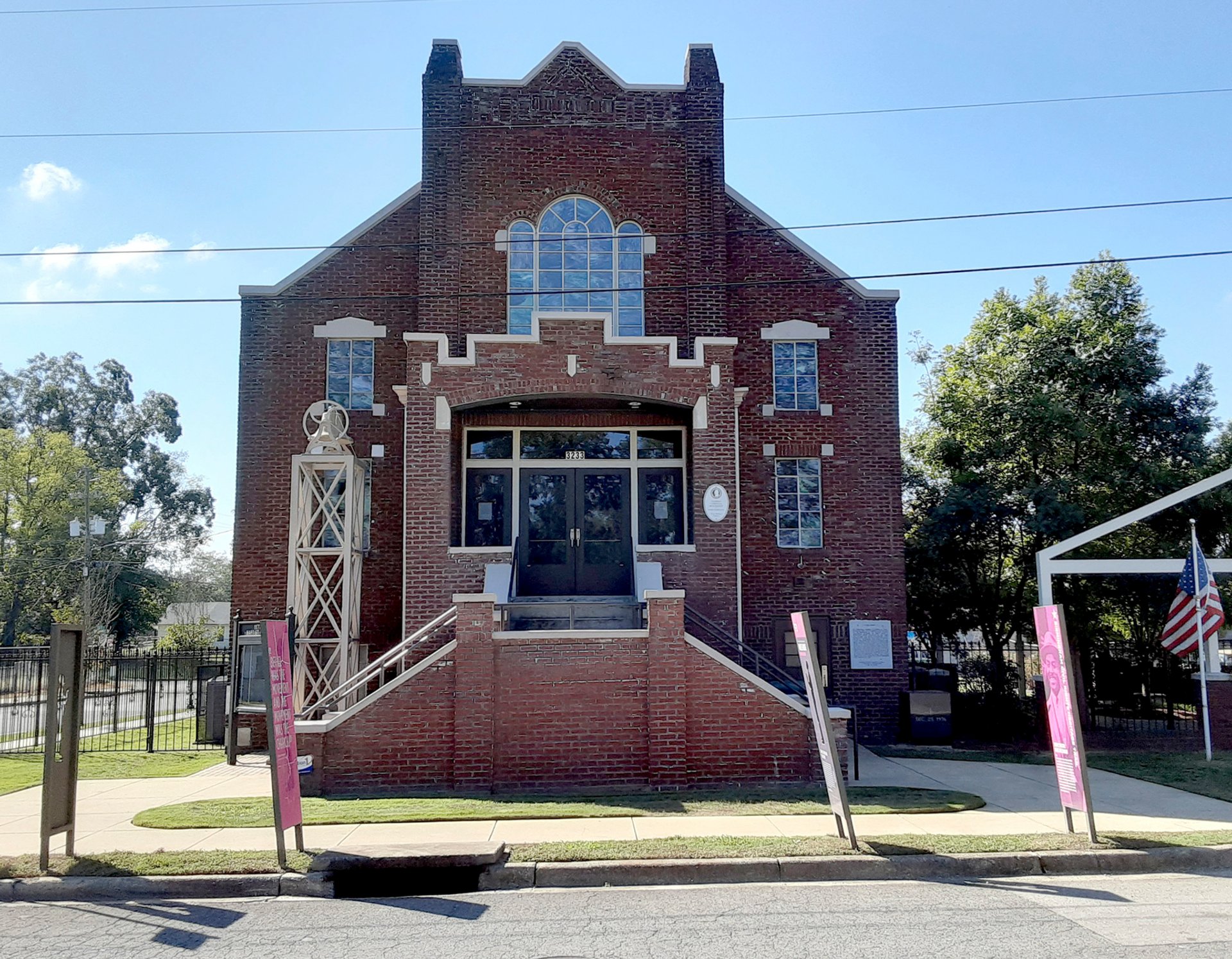
Historic Bethel Baptist Church in Birmingham, Alabama, will use its grant to create VR and AR programming for visitors to engage with its history
Photo: Martha Bouyer
Sustaining a movement
Other churches are exploring new approaches to engagement. Historic Bethel Baptist Church in Birmingham, Alabama, received a grant to enhance its interpretation and programming using virtual reality (VR) and augmented reality (AR). This initiative will highlight the church’s crucial involvement in the civil rights movement, when it was a central place for organising non-violent protests and ending segregation in the city.
“We realised that for so many of our young people, this history has not been taught in schools: the role of the church in organising and sustaining a movement that changed the nation and the world,” says Martha Bouyer, the executive director of the Historic Bethel Baptist Church Foundation. “It presents us with an amazing opportunity to fill in all of those gaps.”
In 1956, under Reverend Fred L. Shuttlesworth, the church became the headquarters for the Alabama Christian Movement for Human Rights, formed after the National Association for the Advancement of Colored People (NAACP) was prohibited from operating in the state. The church buildings were bombed three times during this era.
As a National Historic Landmark, Historic Bethel already runs tours and other events. The VR and AR experiences will offer another avenue for understanding history, such as taking people back in time to a civil rights mass meeting or sharing narratives of lesser-known activists like Myrna Jackson, who was part of the movement at the church and became integral to the leadership of the Birmingham NAACP.
“We’re really excited about finding new and engaging ways to bring learners into the knowledge of our church and its significance in the modern civil rights movement,” Bouyer says. “If we don’t find ways to connect with learners today, we’re going to lose the whole generation. And this history is too important for us to lose.”



